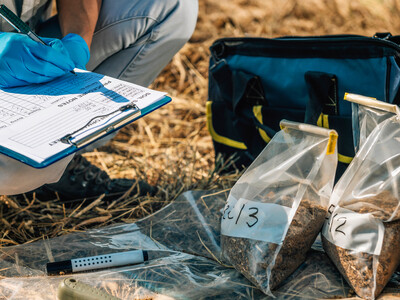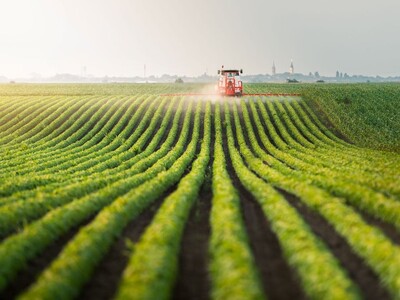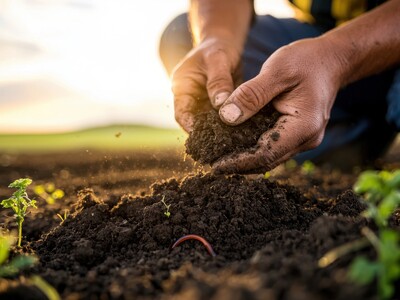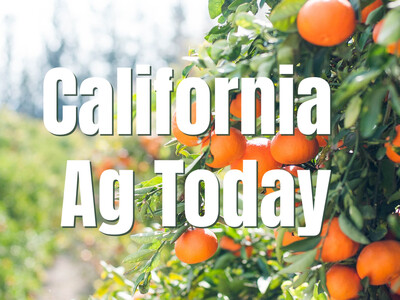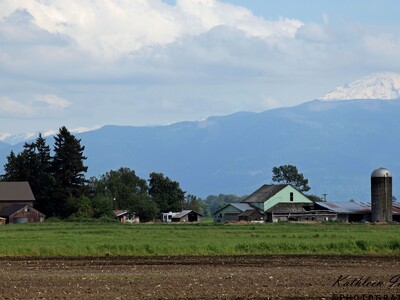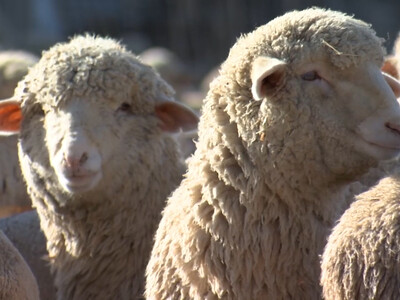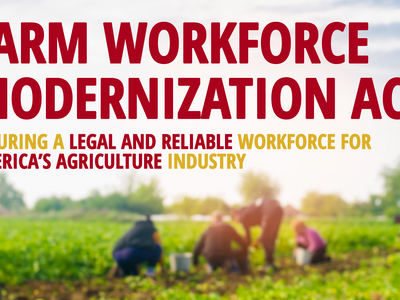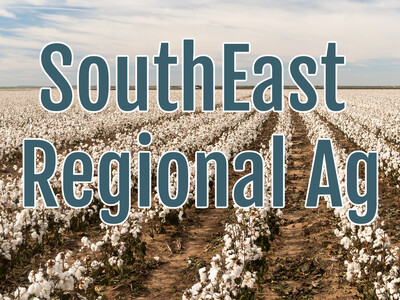Cash Rents
In 2014, the most recent year for which statistics are available, more than 50% of cropland and 25% of pastureland was rented, according to USDA’s Tenure, Ownership, and Transition of Agricultural Land survey. Combined, nearly 40% of agricultural land was rented that year. Rental agreements are generally made in the fall of the year before planting and the use of cash rental agreements is more prominent in areas with a high concentration of grain, oilseed or cotton production. Nearly 70% of all leasing agreements are fixed cash rental agreements, for which the rental rate is not based on crop productivity.During 2020, the average cash rental rate for cropland was $139 per acre, down $1 per acre, or 0.7%, from 2019, according to USDA’s most recent August Cash Rents survey. Across the U.S., cash rental rates for cropland were the highest in areas with high crop productivity. Nearly 70% of the counties across Illinois and Iowa had cash rental rates above $200 per acre. At $294 per acre, Macon County, Illinois, had the highest cash rental rates in the country, and eight out of the top 10 counties in the U.S. with the highest rental rates were in Illinois. Grundy County, Iowa, had the highest rental rate in the state at $272 per acre.
Lower expected productivity and revenue per acre kept rental rates significantly lower outside of the Corn Belt. For example, in portions of Texas, such as Kimble, Webb and Sutton counties, the average cropland rental rates were less than $10 per acre.
The average cash rental rate for irrigated cropland was $216 per acre, down $4 per acre, or 2%, from the prior year. Irrigated cropland rental rates were the highest in areas with high concentrations of fruit, vegetable and tree nut production. In Ventura County, California, the average cash rental rate for irrigated cropland was the highest in the country at $2,550 per acre. Monterrey County, California, had the second-highest rental rate at $2,220 per acre.But back in 2016, agricultural economist with DTN/ The Progressive Farmer, Katie Micik, points to a problem that many farmers are facing. "Cash rents which have been very stubborn in sticking at those high levels, producers are really hoping to get those down and they are finding it rather difficult.





